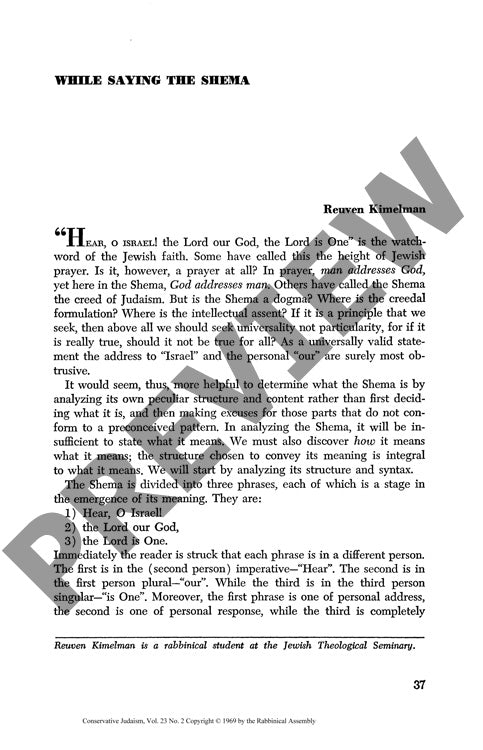While Saying the Shema
Couldn't load pickup availability
Judaism's central declaration of faith, the Shema, defies simple classification as either prayer or creed. Through structural and syntactical analysis of its three-part construction - "Hear, O Israel! / the Lord our God / the Lord is One" - a dynamic process of divine-human encounter emerges. The text's deliberate grammatical progression, shifting between second, first, and third person voices, maps a transformative journey from personal address to theological declaration. Close examination reveals how the Shema first establishes divine-human relationship before culminating in its famous statement of God's unity. This pattern extends into the accompanying V'ahavta paragraph, where the commanded love of God manifests through enacted relationship rather than purely emotional response. The analysis illuminates how the Shema functions as "a way of faith" documenting Israel's experiential path to knowing God through direct encounter, affirming that God is "not a principle to know, but a Presence to encounter." These findings reframe our understanding of Jewish liturgical texts as experiential pathways rather than mere credal formulations, challenging traditional categorizations of religious declaration.

More Information
-
Physical Description
-
Publication Information
Published 1969
ISBN
-
Publication Credits
Reuven Kimelman

